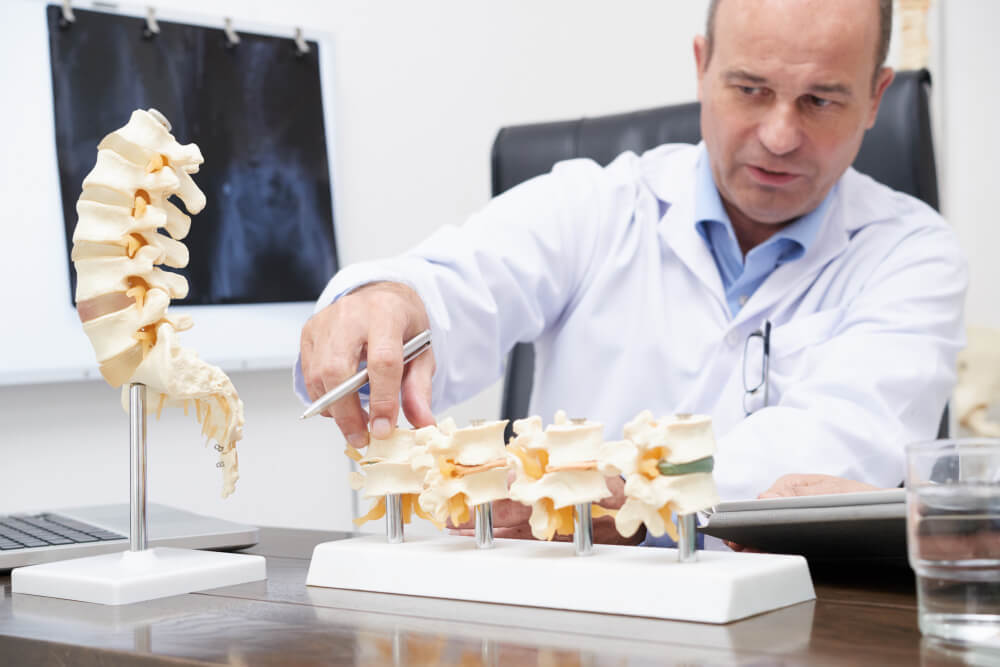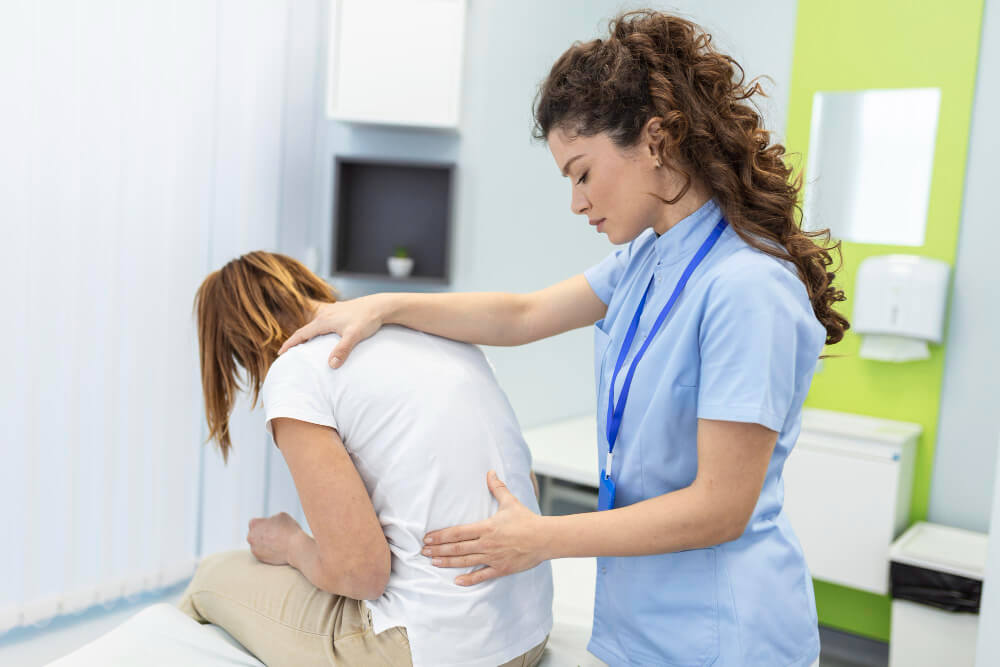What is Spinal Stenosis? (the Narrowing of Your Spinal Canal)
Spinal stenosis is a condition that causes the narrowing of the spinal canal, the hollow passage formed by your vertebrae that houses your spinal cord and nerves. This narrowing can put pressure on the spinal cord and nerves, leading to pain, numbness, and weakness. While spinal stenosis can occur anywhere along the spine, it most commonly affects the lower back (lumbar spine) and the neck (cervical spine).
What Causes Spinal Stenosis?
There are several factors that can contribute to spinal stenosis, with age being the most prominent. As we age, the discs between our vertebrae can lose height and flexibility, causing them to bulge or herniate into the spinal canal. Additionally, bone spurs, which are small bony growths, can develop along the edges of the vertebrae, further narrowing the canal.
Here’s a closer look at some common causes:
- Degenerative disc disease: This is a natural wear-and-tear condition that affects the discs in your spine.
- Arthritis: Osteoarthritis and rheumatoid arthritis can both contribute to spinal stenosis.
- Ligament thickening: The ligaments that connect your vertebrae can thicken over time, narrowing the spinal canal.
- Spondylolisthesis: This is a condition where one vertebra slips forward over another.
- Injuries: Injuries to the spine, such as fractures or dislocations, can also contribute to spinal stenosis.
Recognizing the Symptoms of Spinal Stenosis
Spinal stenosis symptoms can vary depending on the location of the narrowing and the nerves involved. However, some common symptoms include:
- Pain: This can be felt in the back, buttocks, legs, or arms, depending on the location of the stenosis. Pain may worsen with activity and improve with rest.
- Numbness or tingling: This can also occur in the back, buttocks, legs, or arms.
- Weakness: You may experience weakness in the legs or arms, making it difficult to walk, climb stairs, or lift objects.
- Sciatica: This is a burning pain that radiates down the leg, often caused by compression of the sciatic nerve in the lower back.
- Neurogenic claudication: This is a cramping pain in the buttocks and legs that worsens with walking and improves with sitting or bending forward.
- Balance problems: In severe cases of cervical stenosis, you may experience balance problems and difficulty walking.
When to See a Doctor
If you are experiencing any of the symptoms of spinal stenosis, it is important to see a doctor to get a diagnosis and discuss treatment options. Early diagnosis and treatment can help to prevent the condition from worsening.
Diagnosing Spinal Stenosis
There is no single test that can definitively diagnose spinal stenosis. However, your doctor will likely perform a physical exam and ask you about your medical history and symptoms. They may also order one or more of the following tests:
- X-rays: These can show bone spurs and other abnormalities in the spine.
- MRI scan: This can provide detailed images of the soft tissues in your spine, including the spinal cord and nerves.
- CT scan: This can also provide detailed images of your spine, but it may not be as good as an MRI scan for visualizing soft tissues.
- Electromyography (EMG) and nerve conduction studies (NCS): These tests can measure the electrical activity of your muscles and nerves to help determine if there is nerve damage.
Treatment Options for Spinal Stenosis
There is no cure for spinal stenosis, but there are a number of treatments that can help to manage the symptoms and improve your quality of life. These treatments can be broadly categorized as non-surgical and surgical.
Non-Surgical Treatment Options
Non-surgical treatments are often the first line of defense for spinal stenosis. These options can help to reduce pain, inflammation, and nerve compression. Some common non-surgical treatments include:
- Rest: This may be helpful in the short term to allow inflammation to subside.
- Over-the-counter pain relievers: Medications such as ibuprofen and acetaminophen can help to relieve pain.
- Prescription pain medication: Your doctor may prescribe stronger pain medication if over-the-counter medications are not effective.
- Physical therapy: A physical therapist can teach you exercises to strengthen the muscles that support your spine, improve flexibility, and reduce pain.
- Steroid injections: Injections of corticosteroids into the epidural space around the spinal cord can help to reduce inflammation and pain.
- Activity modification: Your doctor may recommend that you avoid activities that aggravate your symptoms.
- Weight loss: If you are overweight or obese, losing weight can help to reduce stress on your spine and improve your symptoms.
Surgical Treatment
Surgery is typically considered when non-surgical treatments fail to provide adequate relief. The type of surgery will depend on the location and severity of the stenosis. Here are some common surgical procedures for spinal stenosis:
- Laminectomy: This procedure involves removing a portion of the lamina, the bony roof of the spinal canal, to create more space for the spinal cord and nerves.
- Laminotomy: This is a less invasive procedure than a laminectomy, where only a small portion of the lamina is removed.
- Foraminotomy: This procedure involves removing a small portion of bone and ligament over the foramen, the opening through which nerves exit the spinal canal, to relieve pressure on the nerve roots.
- Spinal fusion: In some cases, a spinal fusion may be performed along with laminectomy or laminotomy to stabilize the spine. This involves placing bone grafts or metal hardware between the vertebrae to promote bone growth and create a solid fusion.
A note from Specialty Care Clinic
Back and neck pain can interrupt your daily life. The good news is that there are many treatment options for spinal stenosis. See healthcare provider https://specialtycareclinics.com/ to discuss your options. They’re available to help.


